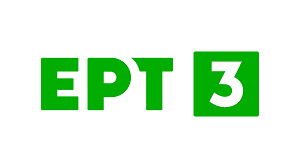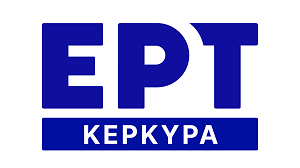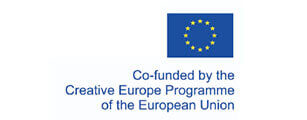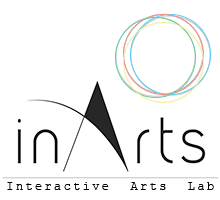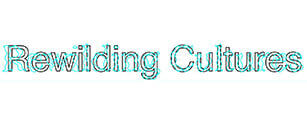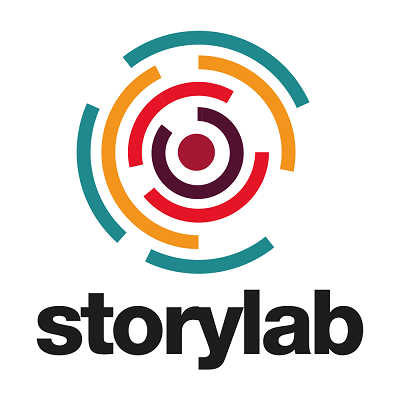Summary
Peter D. Ouspensky's body of work endeavors to address certain philosophical and scientific conundrums that have confounded human understanding for millennia. The concepts of space, time, motion, causality and the interplay between free will and determinism are among the issues he endeavors to comprehend using a mathematical method. In his book, "Tertium Organum", Ouspensky includes a presentation by Johan Van Manen on four, five and six - dimensional figures in space. The authors present their visual art creations of 4D, 5D and 6D hyperspheres based on Van Manen's descriptions and Ouspensky's modifications.
Objective
Mathematicians have made significant progress since the 19th century in the understanding of hyper-solids and their interaction with the familiar 3D space. The properties of 4D or higher-dimensional hypersolids are derived by applying the inductive method of Euclidean geometry to 2D and 3D spaces. Mathematically, the properties of a 4D hypercube can be described as a logical extension of the properties of a 2D square and a 3D cube, while the description of a 4D hypersphere is a further advancement from the correlation between 2D circles and 3D spheres. Despite the unlimited capacity of mathematics to provide detailed knowledge of hyperspaces, it remains challenging to visualize how a hypersolid, such as a 4D hypercube or a 4D hypersphere, appears.
In Chapter XI of his book "Tertium Organum," mathematician and philosopher P. D. Ouspensky presents a description of four, five, and six - dimensional figures given by Johan Van Manen.
The authors aim to provide visual representations of four, five, and six - dimensional hyperspheres that are not based on mathematical logic, but inspired by the above descriptions and serve as alternative means of interpreting the abstract nature of these figures while enhancing the understanding of their interaction with our familiar 3D space.
Method
The authors utilize Processing, a computer programming language that operates in a visual context, to visualize the modifications made to Johan Van Manen's initial schema, described by him as a "four dimensional globe," as proposed by P.D. Ouspensky. The authors also interpret Johan Van Manen's descriptions of five and six - dimensional figures to visualize five and six - dimensional hyperspheres.
Conclusion
Despite the limitless potential for mathematicians to furnish us with a comprehensive understanding of hyperspaces, there lies a significant challenge for the general public to grasp the visual appearance of a hypersolid. This challenge has been addressed through the convergence of objective scientific thought and the artistic freedom that results in a practical outcome: a series of cutting-edge audio and visual stimuli, made possible through the use of advanced digital technology. The integration of computer science, sensory technology, and artistic expertise has given rise to the creation of a new professional, namely, the "TechnArtist."
References
Henderson, Linda Dalrymple, The Fourth Dimension and Non – Euclidean Geometry in Modern Art (Cambridge, MA: MIT Press, 2013) pp.353--357.
Kanellopoulos, Nikolaos Grigorios, “From the 2D Visual Art & Leonardo to the 4D Audiovisual Art & the TechnArtist”, Digital Culture & AudioVisual Challenges (DCAC-2019), special guest, http://avarts.ionio.gr/dcac/, 10-11 May 2019.
Traperas, Dimitrios and Kanellopoulos, Nikolaos Grigorios, “The aesthetic approach of hyperspaces”, Technoetic Arts: A Journal of Speculative Research 16, No.3, pp. 363--75 (2018).
Uspenskii, Petr Demianovich, Tetrium Organum. Kliuch k zagadkam mira [Tetrium Organum: A Key to the Enigmas of the World] (St. Petersburg: ‘Trud’, 1911). English translation, Peter D. Ouspensky, Τertium Οrganum: The Third Organ of Thought, a Key to the Enigmas of the World, trans. from the 2nd Russian ed. (1916) by Claude Bragdon and Nicholas Bessaraboff (2nd American ed., rev., New York: Alfred A. Knopf, 1922) p. 135.
Van Manen, Johan and Leadbeater, Charles Webster (ed.), Some Occult Experiences (Adyar, Madras, India: Theosophical Publishing House, 1913) p. 58--60.
Dimitrios Traperas was born in Ioannina, Greece. He graduated from the School of Sciences, Department of Physics, University of Ioannina, as well as from the Department of Audio and Visual Arts, Ionian University, Corfu. He received his PhD in art and science from the Department of Audio and Visual Arts, Ionian University (2019). He has participated in many individual and collaborative exhibitions of painting, photography, audiovisual interactive installations and video-art. His main research interest focuses on audiovisual interactive art installations and the perception of hyperspaces. Today he lives and works in Corfu, Greece.
Professor Emeritus Nikolaos Grigorios Kanellopoulos has served as Vice-President of the Ionian University Council (2013-2017), President of the Audiovisual Arts Department (2007-2012) & (2017-2020), Vice-President for the Computer Science Department (2005-2007) and Faculty Member of the Archives & Library Science Department (2003-2007) of Ionian University, as Faculty Member for the Computer Science Engineering & Informatics Department of Patras University (1987-2003) and as President of the Greek National School of Dance (2000-2002). He has experience with more than 50 National and European R&D projects in the fields of Computer Applications. His published work includes 3 international patents and 130 research papers/studies. Currently his main research interest focuses on Hyperspace Comprehension and applying digital technology in Audiovisual Art Interactive Systems (VR/AR).
Back



